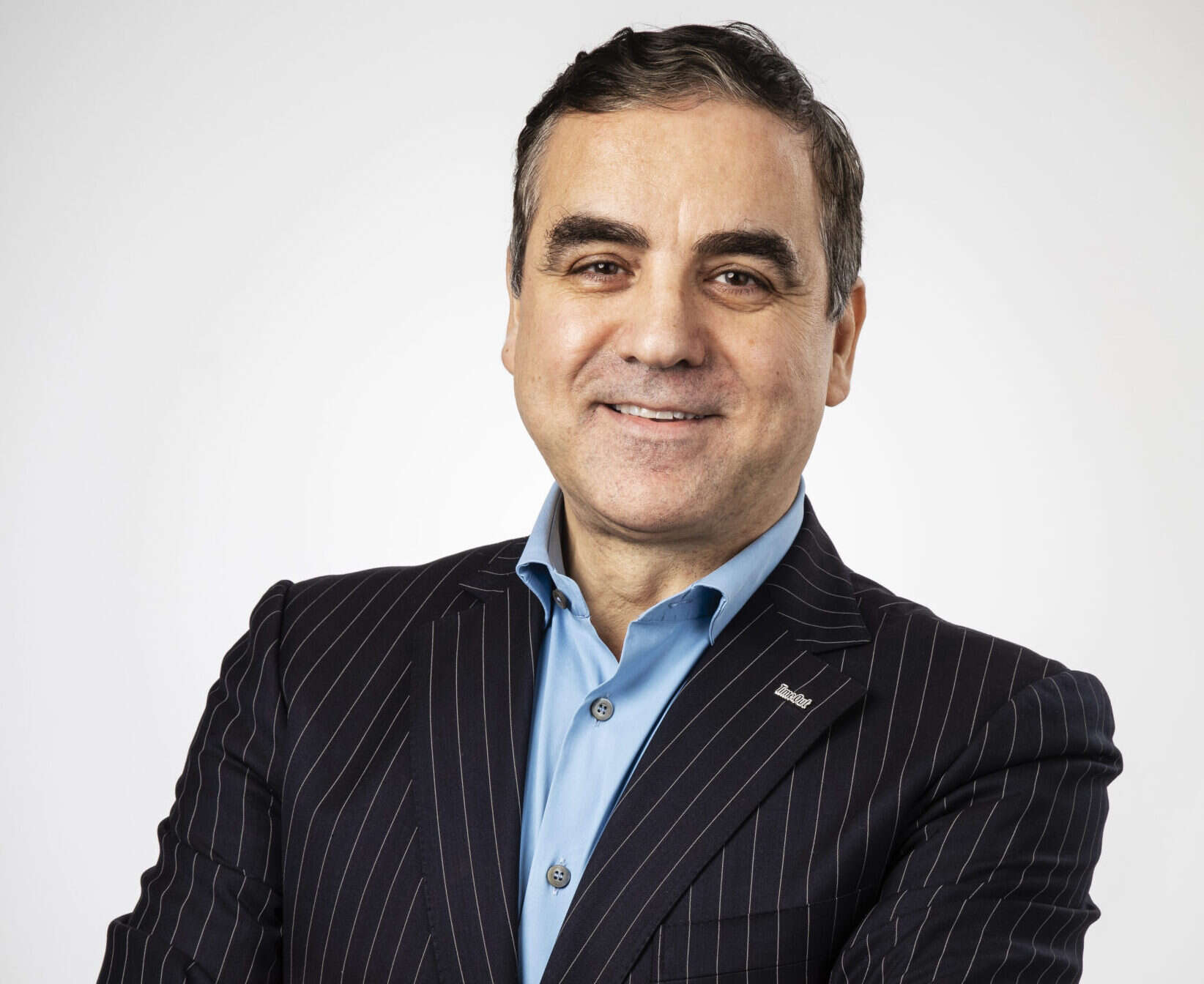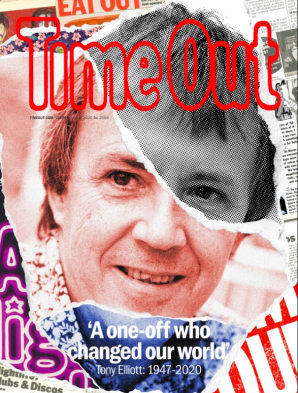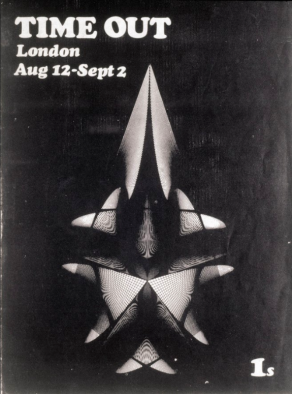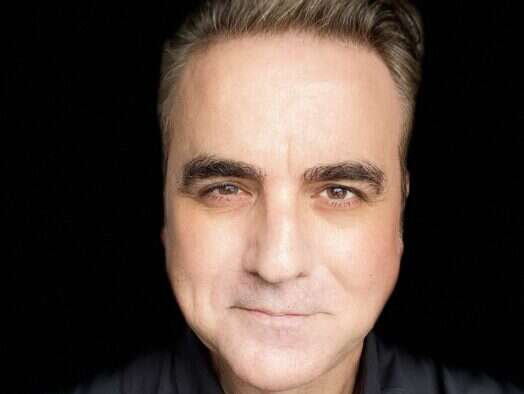
Time Out’s chief executive has said Covid-19 was like a “slap in the face” for the company after a profitable second half of 2019, but insisted the brand is “prepared to weather that storm” whatever happens next.
Julio Bruno said the impact of the pandemic had felt “terrible and terrifying” but praised the ability of his team to “adapt, change and be agile”.
Time Out suspended its print editions around the world in mid-March, a week before the UK went into lockdown, and rebranded as Time In – meaning it could stay relevant to both readers and advertisers throughout the crisis.
Speaking via video call from Time Out’s London headquarters, Bruno told Press Gazette that as he told staff to work from home he realised “I can’t be sending people home and still pretend to have a magazine that is called Time Out”.
“We have to rewrite and start talking about the things that are going to be relevant because the important thing is for us to remain part of the conversation,” he said.
Time Out staff have now started to return to the London office, with a maximum capacity of 75 (usually 200) and measures in place including temperature checks, some desks and chairs removed to ensure social distancing, and even lights indicating if toilets are occupied so staff don’t have to walk down the corridor unnecessarily.

Time Out’s return to print on 11 August honoured its founder Tony Elliott
They produced their first issue of Time Out London since March on 11 August to mark the magazine’s 52nd anniversary and the death of founder Tony Elliott aged 73.
Bruno revealed the next issue of the free magazine will hit the streets on 8 September – with masks and gloves for vendors – and that it will subsequently be published at least fortnightly, depending on advertising demand.
Bruno pledged: “We will print more and we will come back to normal at some point. Weekly will happen at some point in London.”
He added: “It will depend on where we see the advertising world going. I am optimistic. I can see, and my team can see, there is more and more interest from companies, even selling the cover wrap as we did last week with Samsung, but there are many other companies who are asking us and they want to be there.”
However the decision has been made to stay digital-only in some of Time Out’s other cities, including New York, where the digital presence was already “so much bigger than the print presence,” Bruno said.
Some regions will still have ad hoc magazines, while the brand is trying a monthly print schedule in Barcelona and Madrid.
Bruno said: “Time Out is bigger than a magazine… clearly it’s where the consumer wants to be and if the consumer wants to be more on social and digital that’s where we are. In London there’s still an appetite for the 52-year-old Time Out magazine so we are very happy to be there as well.”
He added that print revenue for the company made up about 32% to 35% of the total, so it was already in the minority compared to its six food markets and digital revenues like advertising and ecommerce.

The first issue of Time Out on 12 August 1968
Why is the appetite for print strongest in London?
“Since 1968 it has been a staple of what is London and what is the culture of London… as long as this city wants us we are very happy to be here,” Bruno said.
“The things that you read in our magazine and also on our website you can’t see anywhere else. You look at the things that we talk about, the culture we talk about, they’re inclusive, diverse, the life that we showcase.
“London is a multicultural melting pot and we aim to reflect that in our pages, we aim to reflect that in our website. That’s what Tony Elliott was always very keen about and I think that’s partly why people love Time Out. They love the things that we talk about and the way that we talk about these things.
“We are bringing a slice of joy to your life, a moment where you can think about things that are not to do with work or problems. We’re in the happiness business.”

Time Out founder Tony Elliott. Picture: Time Out
Bruno said the rebrand to Time In and initial focus on content that told people what was still happening and what had been postponed or cancelled led to a spike in digital traffic and a 300% jump in social traffic at the start of lockdown.
But despite higher traffic advertisers went into “retrenching mode” meaning levels were “obviously much lower than the pre-Covid era”, Bruno said.
However he added that “we have been trading and every month we have been growing our advertising, it’s coming back more and more”.
The brand also tried out different things, such as a weekend campaign with Instagram and a partnership with Apple Maps to provide curated content.
Looking at the current picture, he said: “As businesses start to reopen they realise that they also have to tell people that we are open and why you should come and see us. So they are coming more to talk to us… so we’re seeing a bit of pick up as well.
“Advertising maybe took a fall around the world but it’s not something that’s going to end the advertising industry, it’s there for a reason because it works. People need to know your product.”
Although e-commerce took a dip they managed to continue bringing in revenue by pivoting to activities that could be done from home, such as online language or flower arranging courses. The team plan for this to continue even as more traditional hotel, holiday and spa day offers return.
The business also took a hit with the closure of the Time Out Markets, which meant almost all staff were let go. They are now slowly reopening, with Chicago the next to come on 26 August, and staff are being rehired.
Looking ahead to the winter and fears of a possible resurgence in Covid-19 cases, Bruno said: “Whatever happens Time Out is prepared to weather that storm.”
In 2019 the UK-based Time Out Group increased its gross revenues by 58% year-on-year to £77.1m in growth driven by the Time Out Market expansion.
The Time Out Media division saw earnings before interest, taxes, depreciation (EBITDA) improve from a loss of £7.9m in 2018 to a loss of £2.2m. The most significant EBITDA gain (£2.7m) was made in the UK.
Bruno said: “We are not at the level we are at a year ago, clearly the company was in a great trajectory in 2019, the second half of the year we were profitable… everything was fantastic.
“So imagine the big slap on our face when Covid happened. But you know, a lot of people lost their lives and many other things and jobs.”

Time Out chief executive Julio Bruno. Picture: Time Out
Bruno predicted that more magazines will close “because this has been one too many things – but the digitisation of the media world has been happening for a long time, this is not something new, and companies have been adapting,” he said.
“People are still wanting information. In the world that we live in today of so much fake news and disinformation and misinformation people still want to rely on a brand they believe, they trust, to give them accurate information, in our case information and inspiration, and our competitors each have their own strength.”
Despite saying companies will have to adapt and possibly accept lower profits than 15 years ago, Bruno added: “For quality journalism of any kind, I’m not saying it has to be investigative journalism it could be any type of journalism, as long as there is quality behind it and there are values behind it I think we’re going to be okay.”
Picture: Time Out
Email pged@pressgazette.co.uk to point out mistakes, provide story tips or send in a letter for publication on our "Letters Page" blog
